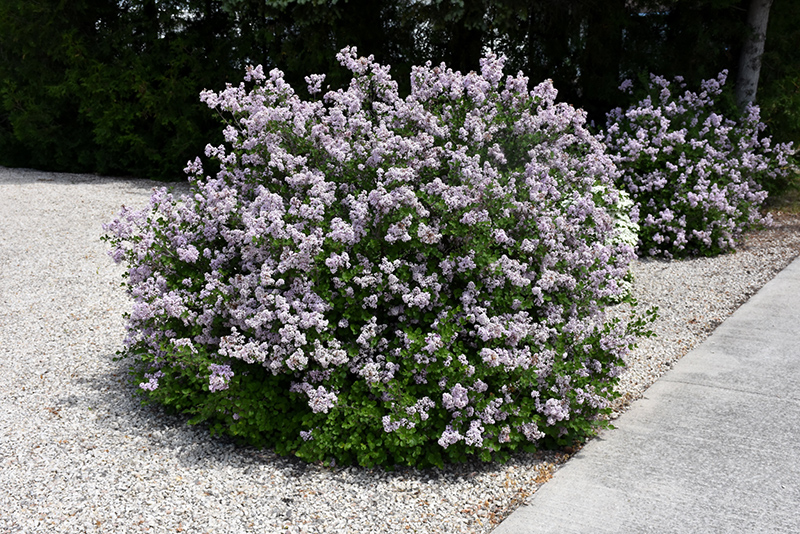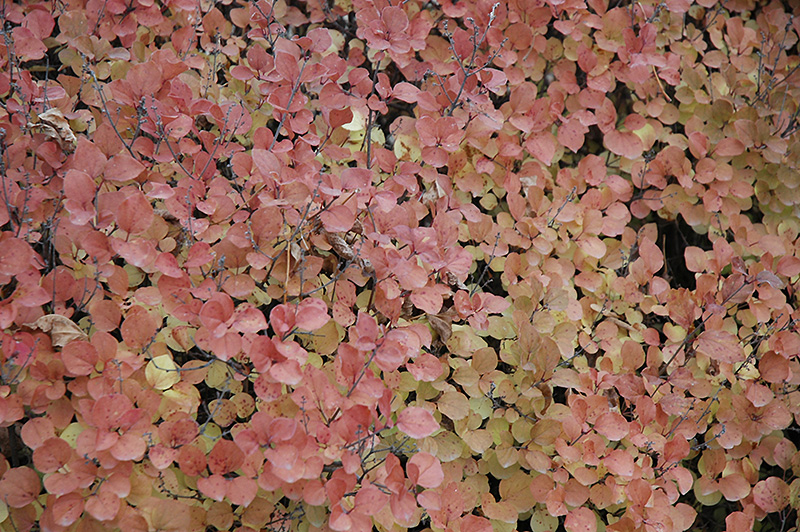Height: 4 feet
Spread: 5 feet
Sunlight:
![]()
Hardiness Zone: 3
Description:
A beautiful and popular shrub with numerous attributes; striking spikes of fragrant lilac-pink flowers in late spring, small rounded foliage and a uniform compact shape; neat and tidy, an extremely versatile garden shrub; full sun and well-drained soil
Ornamental Features
Dwarf Korean Lilac is smothered in stunning panicles of fragrant lilac purple flowers at the ends of the branches in late spring, which emerge from distinctive violet flower buds. The flowers are excellent for cutting. It has dark green deciduous foliage which emerges burgundy in spring. The small pointy leaves do not develop any appreciable fall color.
Landscape Attributes
Dwarf Korean Lilac is a dense multi-stemmed deciduous shrub with a more or less rounded form. Its relatively fine texture sets it apart from other landscape plants with less refined foliage.
This shrub will require occasional maintenance and upkeep, and should only be pruned after flowering to avoid removing any of the current season's flowers. It is a good choice for attracting butterflies to your yard. It has no significant negative characteristics.
Dwarf Korean Lilac is recommended for the following landscape applications;
- Accent
- Mass Planting
- Hedges/Screening
- General Garden Use
Planting & Growing
Dwarf Korean Lilac will grow to be about 4 feet tall at maturity, with a spread of 5 feet. It tends to fill out right to the ground and therefore doesn't necessarily require facer plants in front. It grows at a slow rate, and under ideal conditions can be expected to live for approximately 30 years.
This shrub should only be grown in full sunlight. It is very adaptable to both dry and moist locations, and should do just fine under average home landscape conditions. It may require supplemental watering during periods of drought or extended heat. It is not particular as to soil type or pH. It is highly tolerant of urban pollution and will even thrive in inner city environments. Consider applying a thick mulch around the root zone in both summer and winter to conserve soil moisture and protect it in exposed locations or colder microclimates. This is a selected variety of a species not originally from North America.



